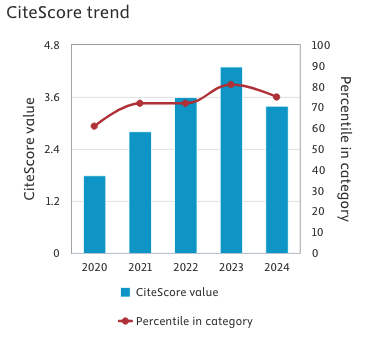The biocrystalloid structure of man: an extracellular theory
Keywords:
Biocrystalloid, mineral organism, homology, self-organization, acupuncture, nomogenesisAbstract
Medical science based solely on the postulates of the cellular theory does not describe the structure and functions of biological organisms in full or meet the needs of modern medicine. Biological organisms, man included, can be regarded as biocrystalloids that are composites of crystals and paracrystalline media at the level of the whole organism and individual cells alike. The core component of biocrystalloids is represented by extracellular components of the connective tissue. The paper describes major features of biocrystalloids and highlights their similarity to mineral organisms in which a growing or weathering crystal also regulates the flows of the paracrystalline medium. The paper concludes that further research into the force fields of a biocrystalloid will allow developing new diagnostic and treatment modalities.Downloads
Published
Issue
Section
License
This is an Open Access article distributed under the terms of the Creative Commons Attribution License (https://creativecommons.org/licenses/by-nc/4.0) which permits unrestricted use, distribution, and reproduction in any medium, provided the original work is properly cited.
Transfer of Copyright and Permission to Reproduce Parts of Published Papers.
Authors retain the copyright for their published work. No formal permission will be required to reproduce parts (tables or illustrations) of published papers, provided the source is quoted appropriately and reproduction has no commercial intent. Reproductions with commercial intent will require written permission and payment of royalties.


